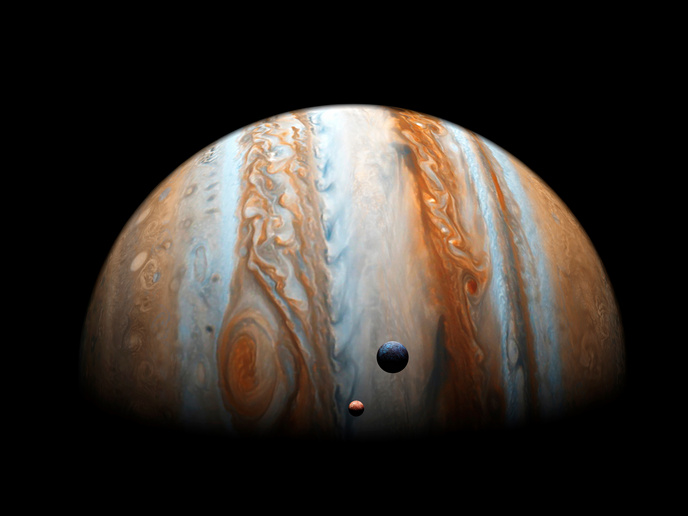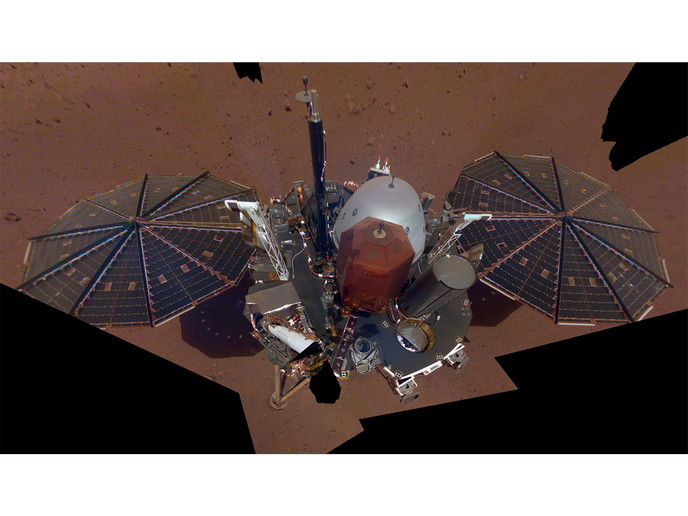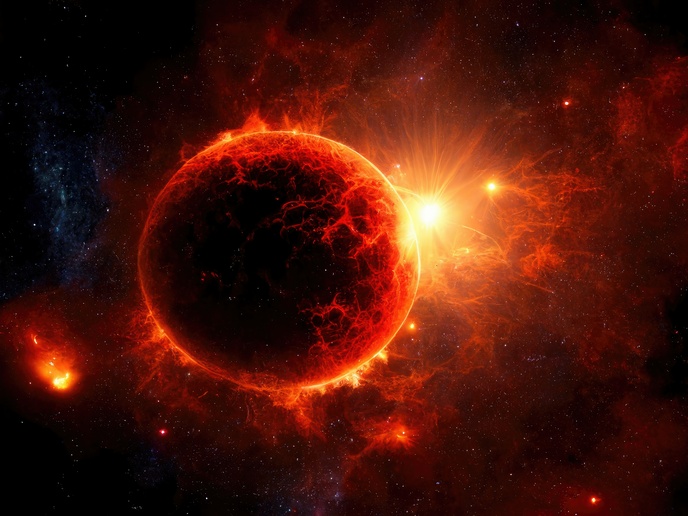Predicting weather patterns on outer planets
It’s an exciting time to be a planetary scientist! The Juno and Cassini missions to Jupiter and Saturn have sent back rich data, and the James Webb Space Telescope (JWST) is offering researchers the ability to delve more deeply into the Ice Giants, Uranus and Neptune. During this time, researchers have realised that Jupiter’s colourful stripes are the top of gargantuan atmospheric flows penetrating deep into the fluid interior. “We began to appreciate Jupiter’s weather as a form of musical harmony, with planetary-scale changes in those stripes occurring in repeatable, quasi-regular patterns – the cyclic nature of Jupiter’s climate allowing us to make predictions years in advance,” remarks Leigh Fletcher, based at the University of Leicester where he is professor of Planetary Science at the School of Physics and Astronomy. Fletcher, who was the principal investigator on the EU-supported GIANTCLIMES project, explains we now know Saturn’s temperatures, clouds and gases respond to the march of the seasons. And on the distant Ice Giants, we have our first glimpses of large-scale patterns of air movement in the high stratosphere. The project wanted to move us towards an era when we might be able to forecast the weather and climate of the four giant planets, searching for natural patterns of climate variability using four decades of ground-based observations.
Decades of Earth years to record one Saturnian year
GIANTCLIMES assembled a vast database of infrared images of all four giants, regularly repeating these observations to track their evolving infrared appearance. Up to this point, no one had exploited this database to search for patterns of climate variations. This is partly down to the fact that recording a year on an outer planet can take decades of Earth years: data, collected since the 1980s, spans around three Jovian years, or just over one Saturnian year. “The Ice Giants are even harder – we’ve only had spatially resolved thermal infrared images since the early 2000s,” adds Fletcher, who was supported by the European Research Council. The launch of the JWST in 2022 gave the project access to regions of the infrared spectrum never seen before, with unprecedented sensitivity and clarity. “We led a JWST programme for the giant planets during its first exciting year of science operations – designing a programme to explore these previously hidden regions, whilst also testing capability on the new spacecraft. The ability to observe big, bright, moving and rotating objects with a spacecraft designed to peer into some of the darkest realms in the universe was thrilling,” Fletcher says. Having access to the data, the project then had to reproduce those same spectra in a computer simulation, starting from initial guesses (how warm it is, what the clouds are made of, what kind of gases are there), and then tweaking it until their model matched the data. As Fletcher explains: “It’s a bit like making a cake, adjusting all the ingredients until the flavour is just right. And we do that thousands of times, with spectra from different locations and times, in order to build up our big database of the climate.”
Circulation patterns on Jupiter from Juno
The project found that oscillations and patterns could cause gargantuan changes in the colours and conditions within the stripes of Jupiter’s bands. “Some of the patterns were so regular you could set your watch by them – a kind of atmospheric heartbeat.” New data allowed Fletcher to see deep into the banded structure to explore the processes shaping Jupiter’s striped appearance, confirming previous theories of stacked, counter-rotating, circulation patterns. His contribution to the understanding of Neptune’s temperature fluctuations is set out in a European Southern Observatory press release.
Data from the JWST confirm observations and raise more questions
“We’d been waiting for the new JWST observations for so long, that when the first data started to trickle in, the whole team were elated – champagne corks popped, and we all gathered excitedly around our laptops. The images and spectra were everything we’d hoped for – our observations were right on target. They’re an absolute treasure trove that’ll keep us working for many years beyond GIANTCLIMES,” says Fletcher. Tilted Uranus hosts the most extreme climate and magnetosphere of anywhere in our Solar System; it has terrains on its icy moons that have never been seen by human or robotic eyes. Fletcher hopes an ambitious partnership mission between the European Space Agency and NASA might be mounted in the coming decades, to send out an orbiter and a probe.
Keywords
GIANTCLIMES, outer planets, comprehensive climatology, Ice Giants, Jupiter, Juno, James Webb Space Telescope, JWST, circulation patterns, spatially resolved thermal infrared images







